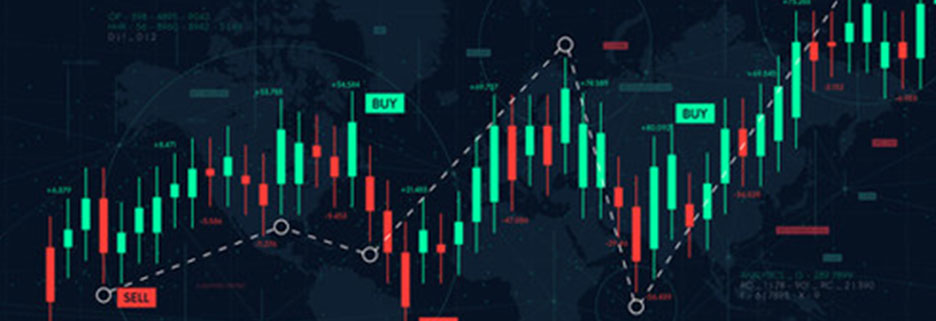Technical analysis involves examining historical price movements to identify patterns and assess the probability of future market trends
Technical analysis involves examining historical price movements to identify patterns and assess the probability of future market trends. By analyzing price action and utilizing s alongside chart patterns, traders can gain insights into potential market behaviors.
The primary focus of technical analysis is on using price charts to determine trends, identify support and resistance levels, and gauge momentum. This helps traders make informed decisions about entering and exiting trades with higher probabilities of success.
Technical analysts operate under the belief that prices tend to move in trends, and that these movements generally follow patterns influenced by market psychology. This is based on the idea that market participants often react similarly when faced with comparable situations.
Unlike fundamental analysis, which seeks to measure an asset’s intrinsic value, technical analysis relies on price charts and indicators to identify patterns that can inform trade entries and exits. It is particularly concerned with predicting future price movements by analyzing past trading data and trends.
Forex traders who use technical analysis believe that historical price patterns often repeat, allowing them to analyze previous movements in currency pairs to decide on entry and exit points for their trades.
The core principle of technical analysis is that an asset's current price already reflects all available information. As a result, the analysis focuses on the statistical examination of price movements, which essentially oils down to an evaluation of supply and demand within the market to predict the direction of price trends.
The fundamental theory behind technical analysis is rooted in three key assumptions:
۱. The market accounts for everything—meaning the price of a currency pair inherently reflects all fundamental factors, such as macroeconomic conditions and events like interest rate changes or employment reports.
۲. Prices move in trends.
۳. History tends to repeat itself when it comes to price movements.
Technical analysis aims to achieve several objectives:
۱. To profit from trading by observing market patterns and statistical data.
۲. To determine the best times to enter and exit the market, particularly when a shift is underway.
۳. To avoid emotional decision-making in trading.
Since technical analysis is based on the collective behavior of traders, it is most effective in auction markets, where numerous buyers and sellers converge on a price determined by the highest bid and lowest ask prices.
At its core, technical analysis revolves around two main tasks:
۱. Identifying trends.
۲. Recognizing support and resistance levels through price charts and time-frames.
Market prices can move in three ways:
۱. Upward.
۲. Downward.
۳. Sideways.
Price action generally follows a zigzag pattern, which can be categorized into two states:
۱. Range: when prices move sideways.
۲. Trend: when prices either zigzag higher (uptrend) or lower (downtrend).
Technical analysis employs three main tools and techniques:
۱. Price Action: Analyzing past price movements to gather clues on potential future market directions, often involving chart lines to identify reaction points.
۲. Chart Patterns: Identifying significant patterns that could predict future price movements.
۳. Technical Indicators: Utilizing statistical tools to generate buy and sell signals.
The importance of technical analysis lies in its ability to help traders determine not only the optimal points for entering a trade but also the most strategic points for exiting.
technical indicator
